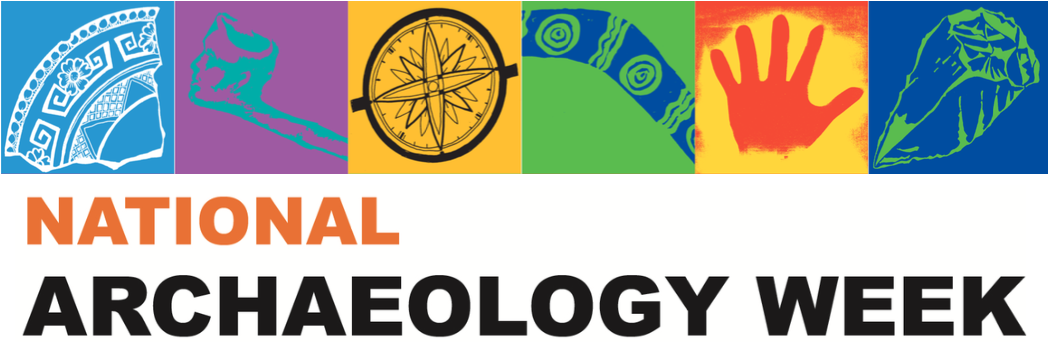Andrew Wilkinson
Current position
Consulting and Avocational Archaeologist
Where did you study?
Flinders University, University of New England and Valdosta State University.
How did you become interested in archaeology?
In 1977 I was fortunate enough to view the cliff dwellings of the Mesa Verde National Park and was disappointed that we were unable to walk amongst the buildings of this amazing culture. I kept my interest in archaeology alive and found that so many archaeologists were ex-military and applied their transferrable skills into archaeological careers. It wasn’t until years after I discharged from the services that I had the means to attend university and so in 2007 began my own journey bouncing between a professional and avocation career in heritage work.
What archaeological projects are you working on at the moment?
When not consulting in Aboriginal and non-Aboriginal heritage in Australia, I am investigating the Roman period maritime landscapes of Sinuessa in Italy, and of Malta in general. I also have an interest in the ANZAC history in the Mediterranean. Falling back on my experience and skills with technology, I am interested not only in past technology, but how technology is applied as a tool in the heritage industry. I am investigating the connection of heritage and archaeology narratives with the community and public through innovative technologies such as VR/AR/XR and how these support experiential, explorative, and reflective learning.
Tell us about one of your most interesting archaeological discoveries.
While excavating in Umbria, Italy, I found a hollow pyramidal shaped object with a hollow tip approximately 11 cm long and 1 cm square at the base. Numerous symbols are stamped on the side and so far, we have not found another comparable example. To date its purpose and its relationship to a Roman bath context is unknown, but believed to be part of a medical device.
Tell us about a funny / disastrous / amazing experience that you have had while doing archaeology.
When excavating the Sawpits at Port Arthur I was surprised by an unusual tiny head poking out of my sieve bucket. It turns out one of the participants of the children’s archaeological education program had dropped their toy dinosaur, and a colleague thought it funny to secrete it in my excavated material. I guess I can actually say that I have excavated a dinosaur on an archaeological site.
What’s your favourite part of being an archaeologist?
Working with the communities that have a genuine interest in what we are doing and what we can tell of what we find. This is an incredible and often emotional experience and brings home the importance of archaeology to me. The connections people have to country, to places, artefacts, spaces, and events become an integral part of that person’s own story, and it is how people reflect on these things that make archaeology worthwhile.
Follow up reading
https://www.linkedin.com/in/atwilko/
Ground-penetrating radar prospections at the Roman Domus of Mdina (Malta) - https://www.tandfonline.com/doi/full/10.1080/08123985.2020.1865108

